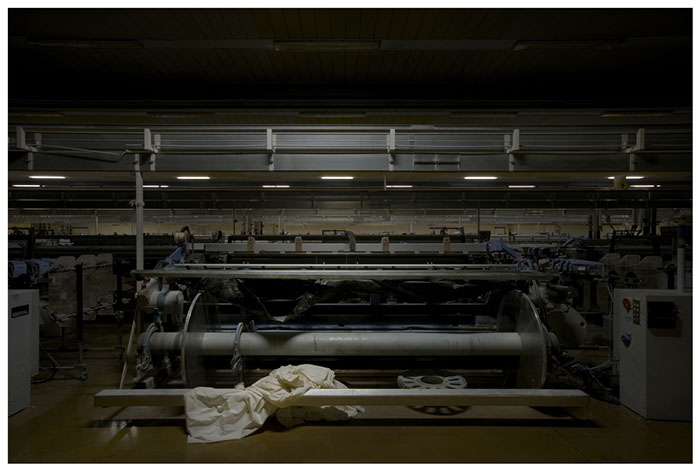
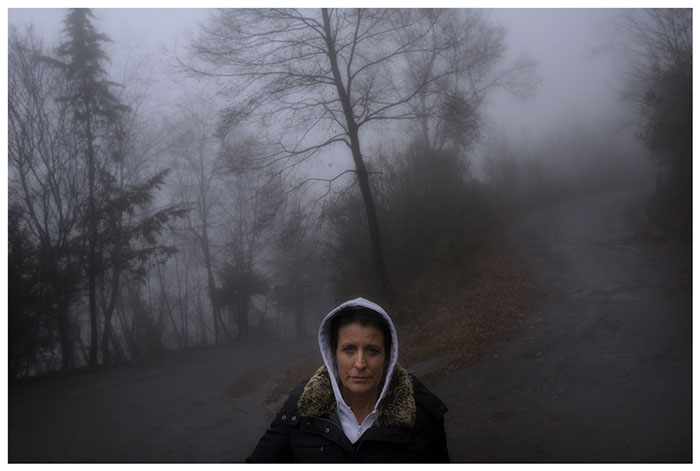
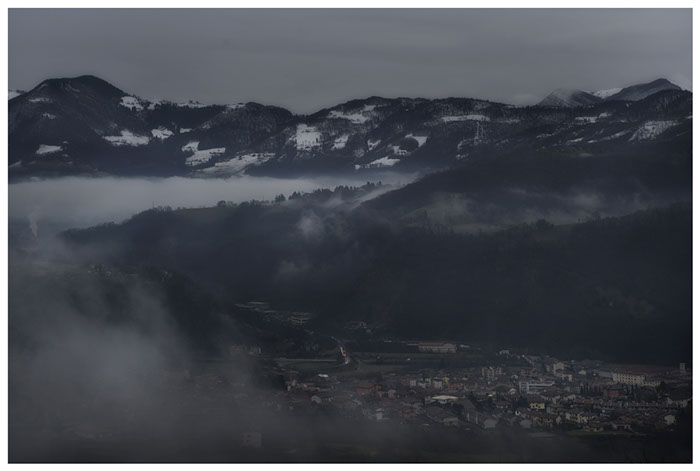
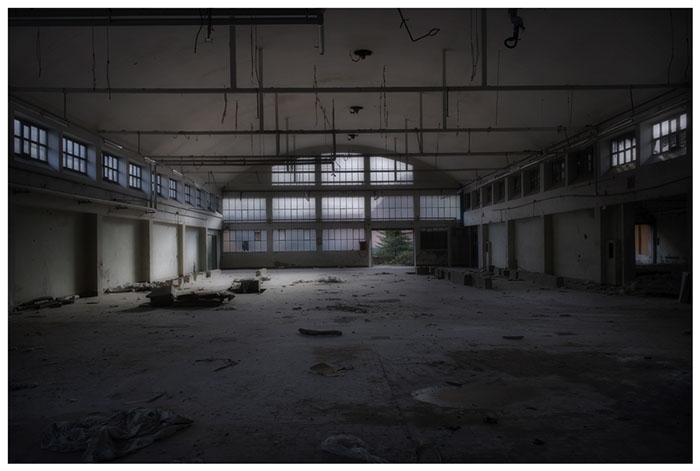
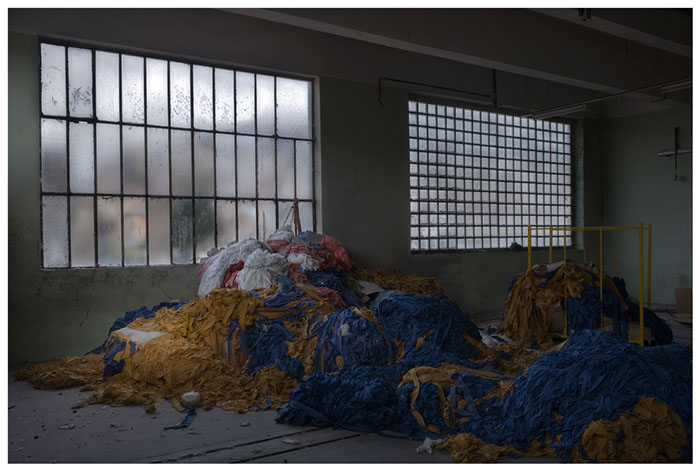
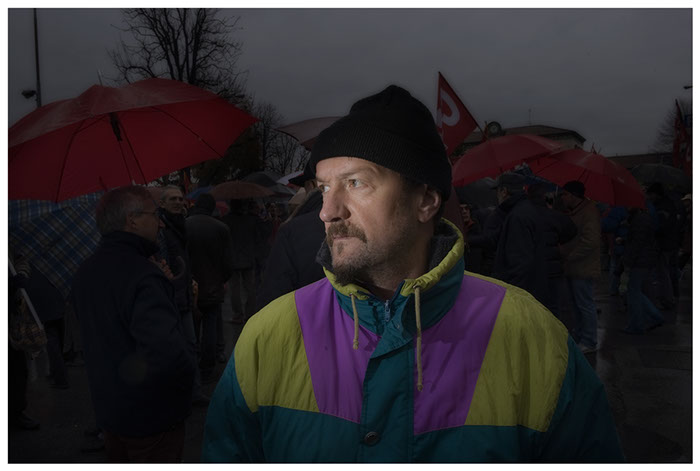
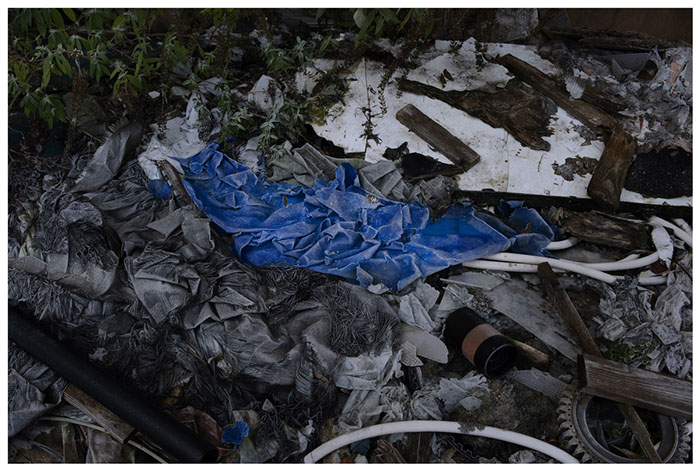
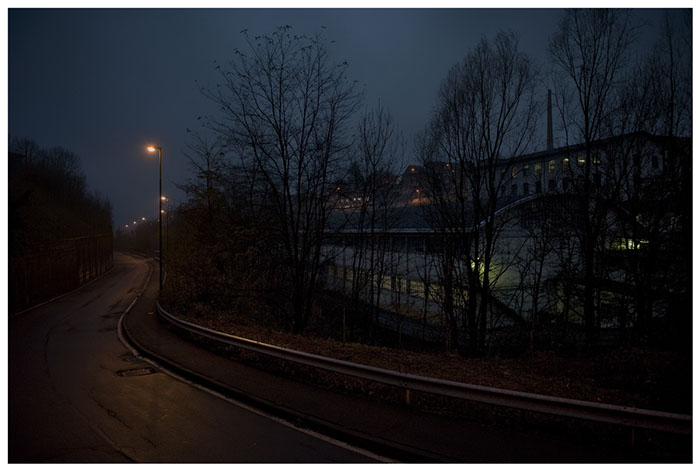
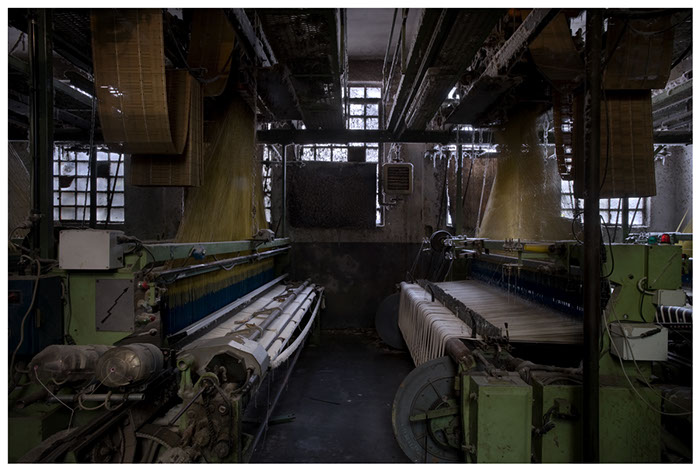
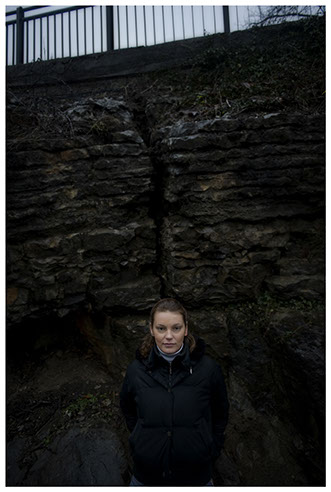
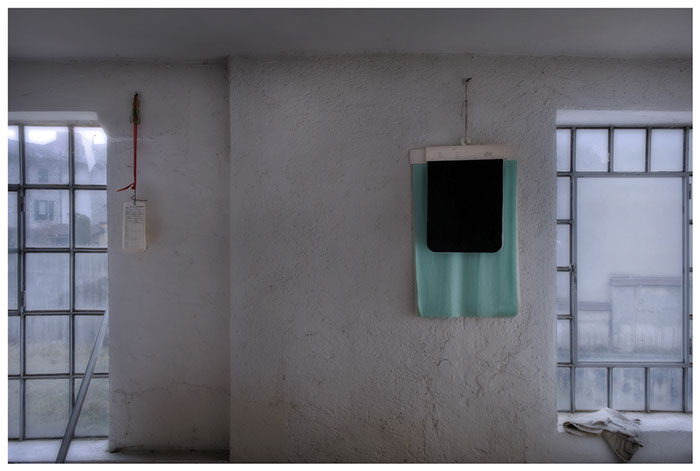
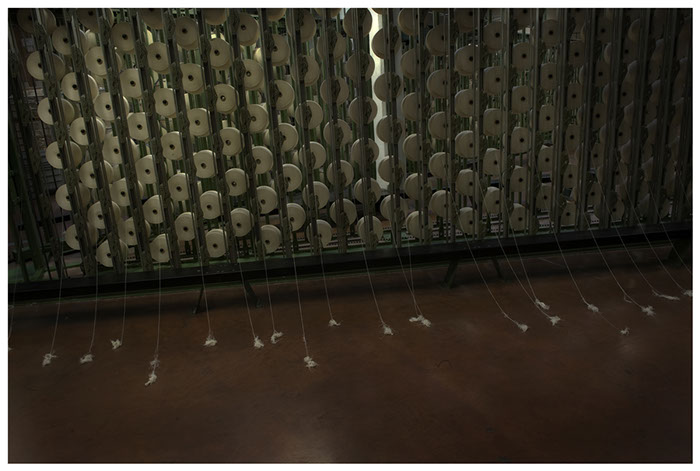
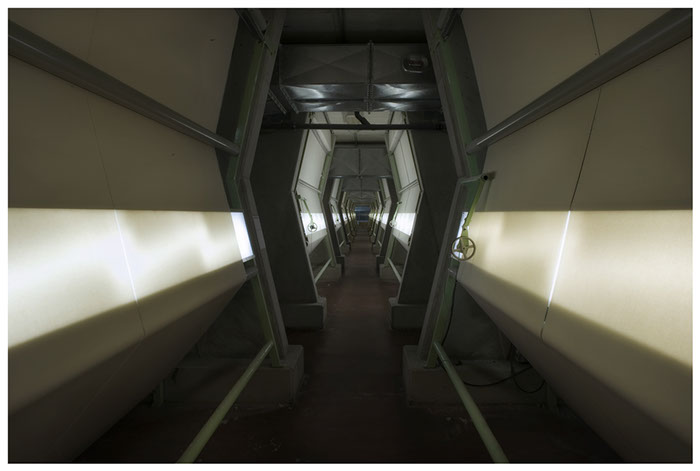
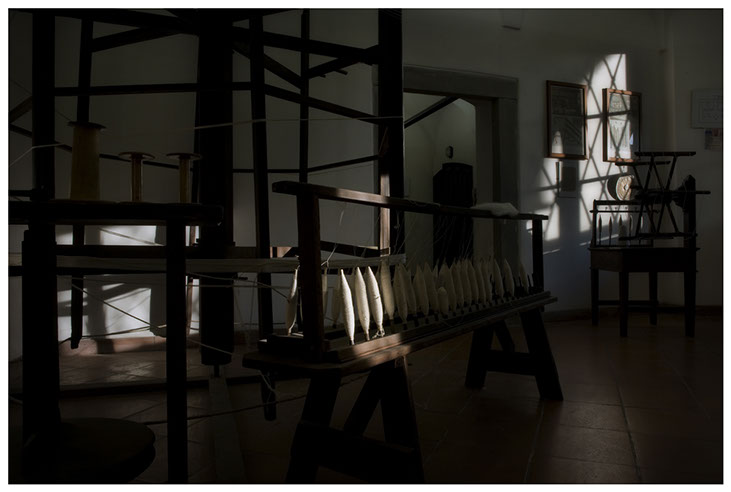
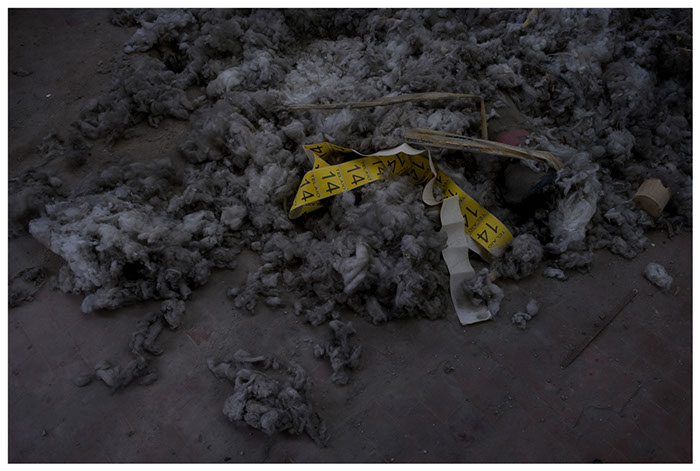
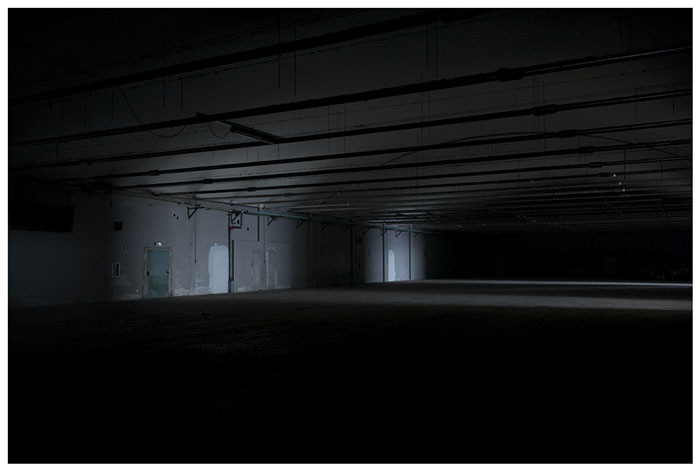
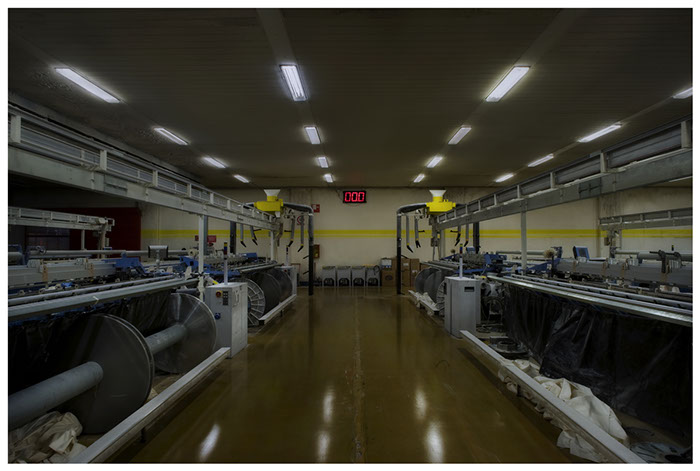
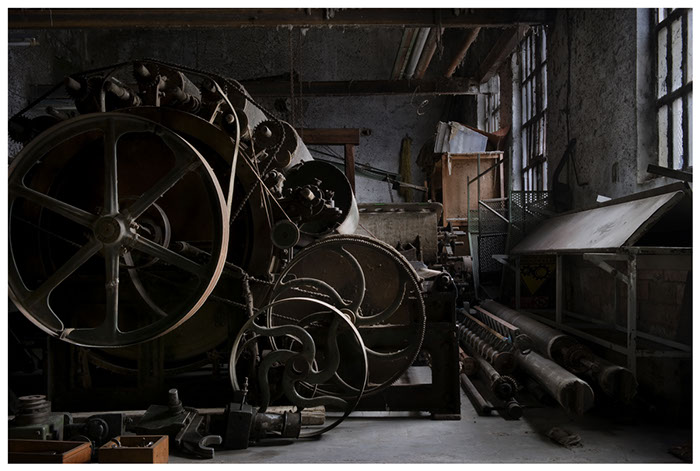
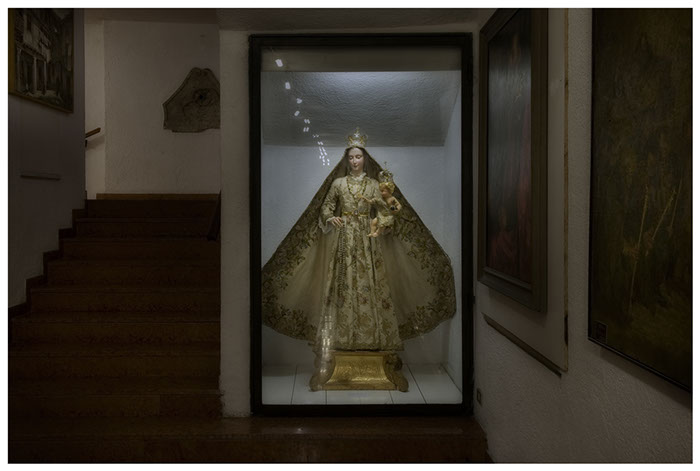
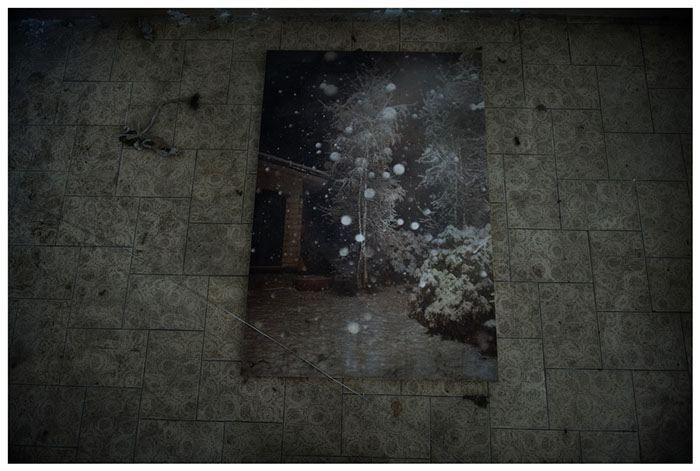
AND AFTER?
AND AFTER?
DECLINE OF THE ITALIAN MANUFACTURE: A SYMBOLIC CASE
ITALY
Behind Bergamo, between the Alps Orobie, there is a valley that until recently was called the Valley of Gold; precious metal there's never been a gram but of wealth as it is created in a few other places in Italy. And 'the Seriana Valley, one of the largest districts in the world of textile and textile machinery where the first economic boom exploded in the fifteenth century, thanks to the production of woolen cloths in all Europe. First in a long series. The broad structure of the valley and the abundance of water favored the centuries the growth of craft and industrial plants for weaving and dyeing.
Today, there are about 1,500 workers involved in various forms of layoffs. About 800 ones laid off in the last eighteen months. It never happened. Hundreds of workshops, medium and large companies have closed or are about to do so. To name a few of the historical ones, the Manufacture in Legnano in Nembro, Cotonificio Honegger Albino, nineteenth factories that have relentlessly. All this in an area where even the cellars of the workers were often full of frames and warps with whom supplement their income, since the demand for fabrics knew no bounds.
What suddenly has become evident is that this crisis in the world textile and already includes shows transparency in something deeper than just a moment of swing in the normal dynamics of arrest or growth of any production system. Shows for the first time, the structural decline of the system as a whole.
Other crises have occurred over the centuries, the crisis of woolen cloths in the nineteenth century, that of silk in the twentieth century, the difficult situation after the war. Every moment of difficulty, the factories and craftsmen changed way of working, the type of products, threw away the old frames, in practice aggiornavano technology and could again go back to the very high level of production that has made the Val Seriana and Valgandino , a small offshoot of the same valley, one of the world capitals for production and innovation textile and textile machinery.
Today, the manufacturing district, which for centuries has created welfare, jobs, and has given rise to great personal wealth and industry groups that then grew and expanded globally, as the Radici Group present in fifteen countries with over six thousand employees, He has lost every perspective, and not only growth, but also survival.
The root causes of this phenomenon are varied and range from the competition from emerging countries, particularly in Asia, the decline in world demand for textiles.
But the ability of technological renovation that has always allowed back from difficult times, this time will not help. Because even companies that have been renovated with the latest equipment now closed. Elsewhere it produces equally well, with lower costs and perhaps even copying or using the technologies developed over centuries of work in Val Seriana. It 'a typical example of what is happening in many other Italian manufacturing sectors, a sign of a breakthrough in the production history of the country, also by developing and using the most modern technologies, today, unlike in the past, not always possible to remain competitive in the wake of a world that changes very quickly.
The question many people are at the moment the Seriana Valley, and elsewhere, about the after, what you will do after the textile sector, which has fed for centuries the local inhabitants, it will definitely ditched?
And above all, there is really all that space in our society for a type of global development that see disappear or be reduced to a minimum the world of manufacturing?






